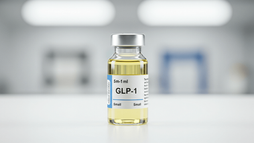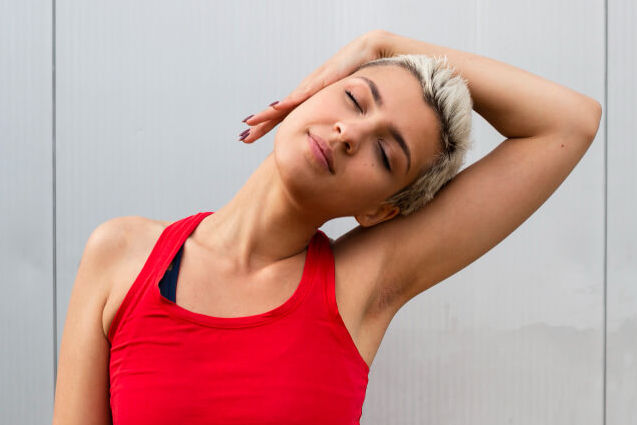

Understanding Cervicalgia: Causes and Natural Relief
Understand Cervicalgia and how to relieve neck pain without medication through natural remedies and lifestyle changes.


Understanding Nose Pain: Causes and Relief
Explore the causes of nose pain and learn how to identify symptoms to seek help effectively for better nasal health.


How to Safely Dispose of Therapy Center Waste
Learn best practices in waste disposal for therapy centers to ensure safety and compliance with health regulations.


Boost Your Therapy Sessions with Self Care Rituals
Explore beneficial self care rituals that enhance the effects of therapies like massage and acupuncture for body and mind.


Exploring Ways to Treat Liver Cancer: A Holistic and Medical Perspective
Explore how medical and holistic methods work together to support effective liver cancer treatment and improve overall health.


Patient Experience & Medical Billing Services: Earning Trust by Making Things Straight
Discover how clear communication and ethical practices build lasting trust between patients and providers.


How Family Fitness Promotes Healthy Generational Habits
Explore the concept of family fitness: a fun way to bond while promoting health and happiness for all ages.


Is it possible to microdose with GLP-1 meds?
Discover how microdosing with GLP-1 meds can manage appetite and support blood sugar. Learn about the benefits and strategies of GLP-1 meds.


Tailored Care Management: A New Approach to Health
Explore tailored care management and its importance in creating personalized healthcare solutions for each patient and family.






